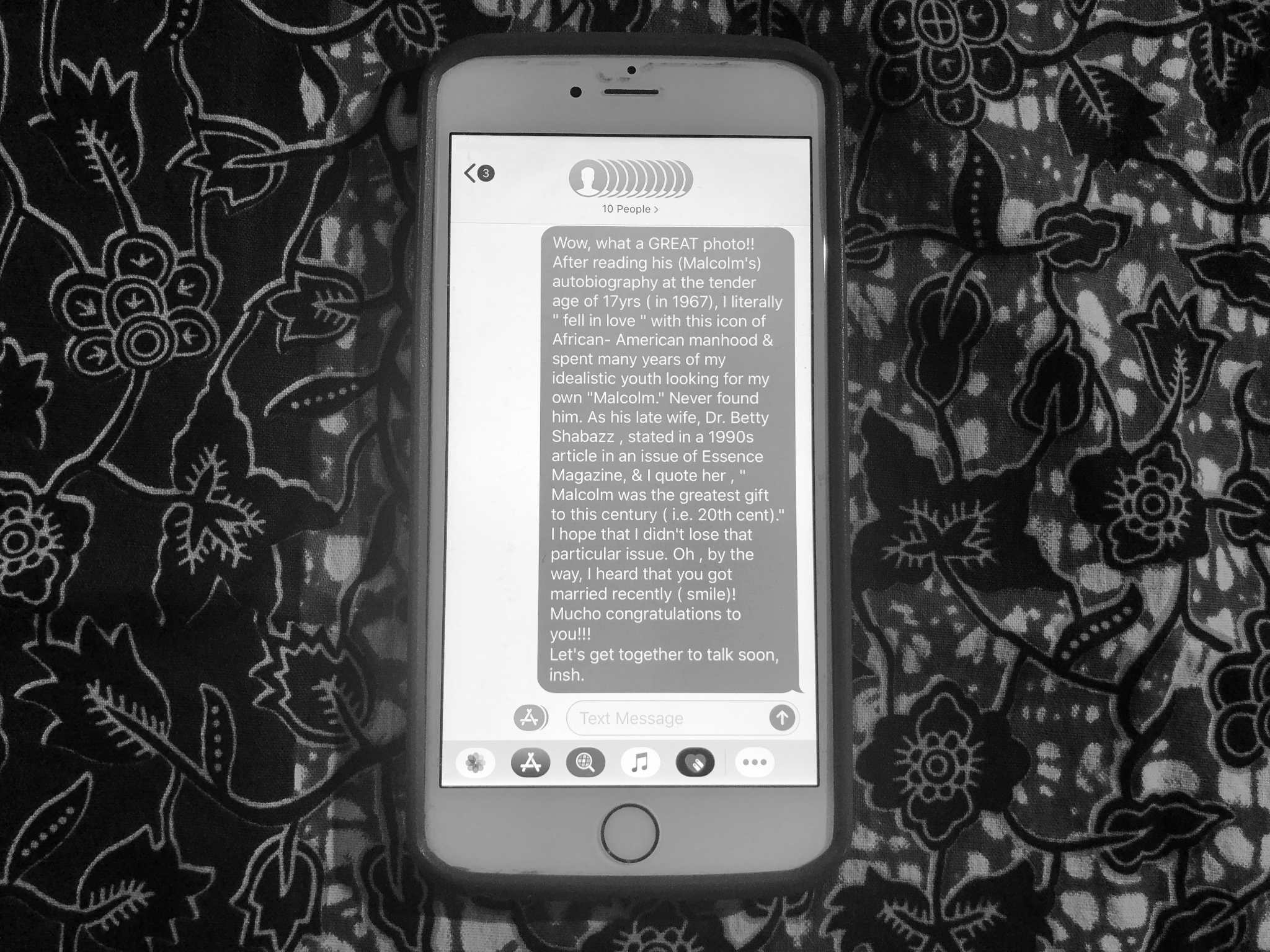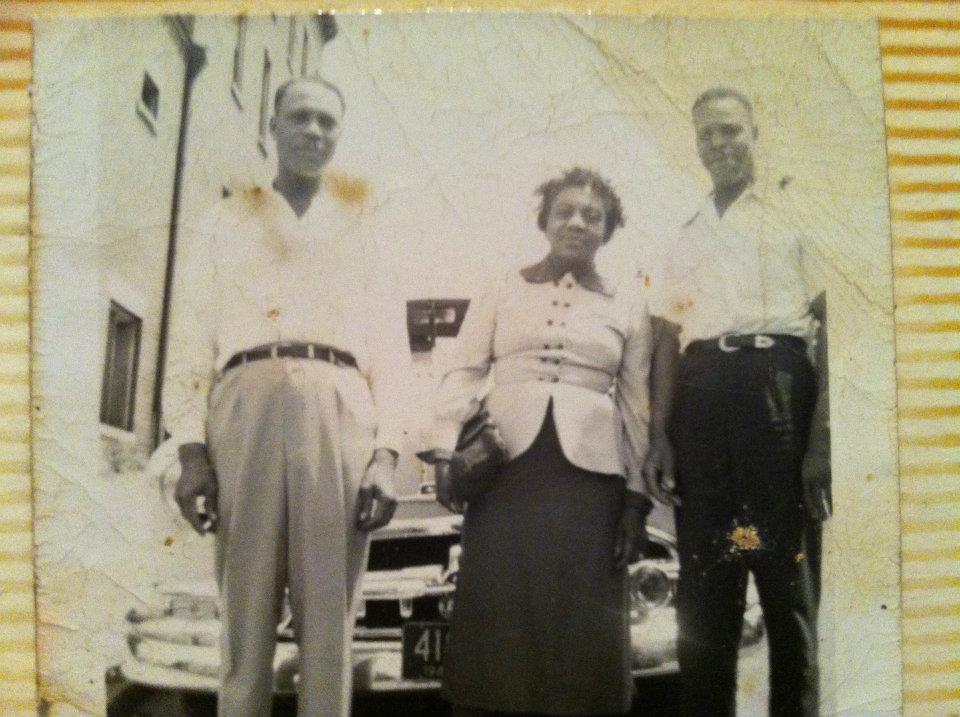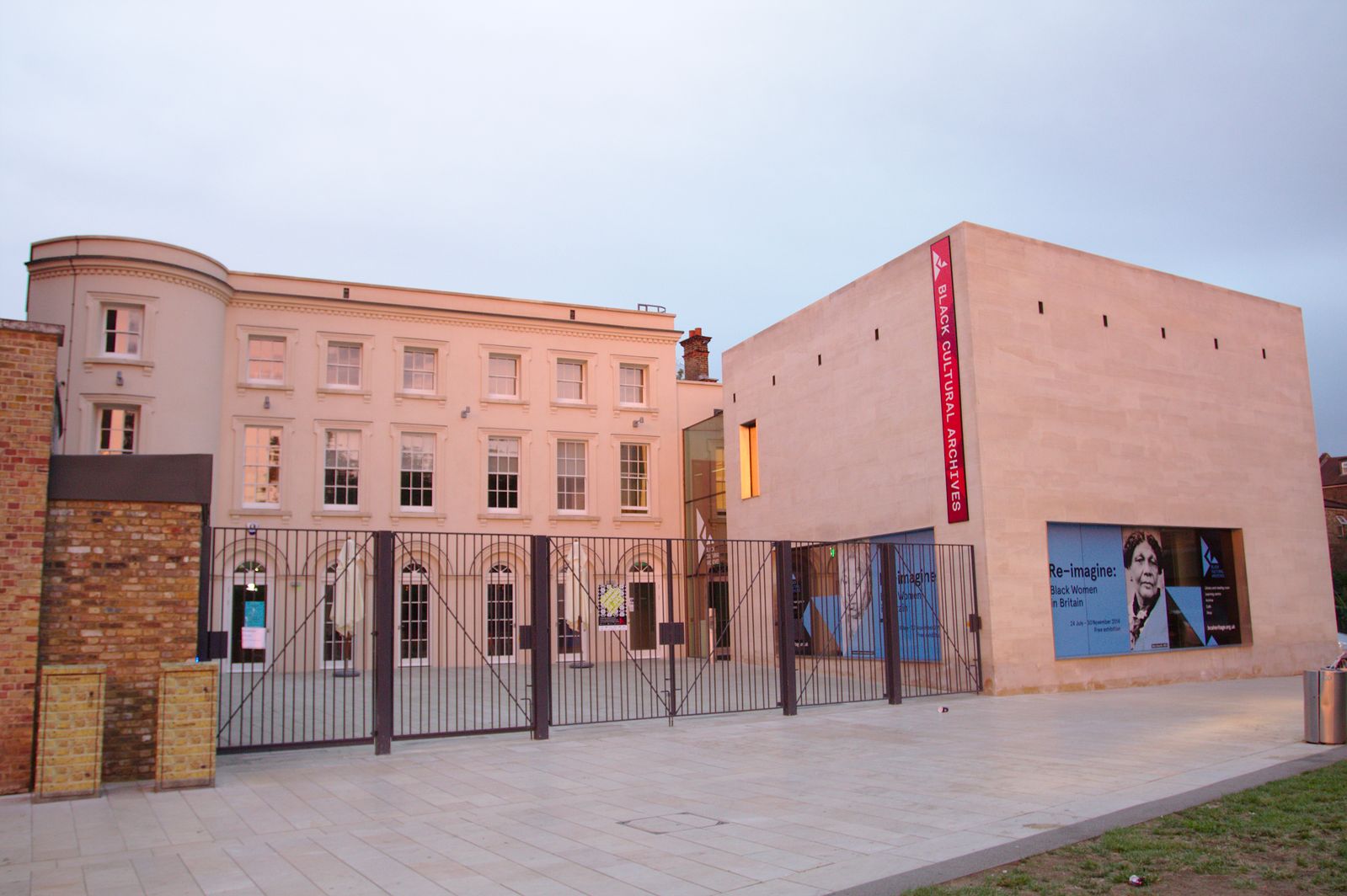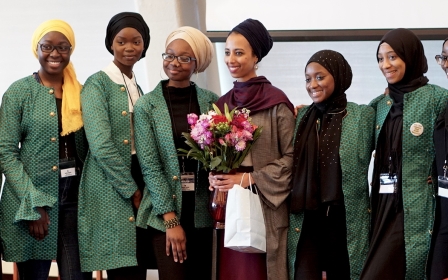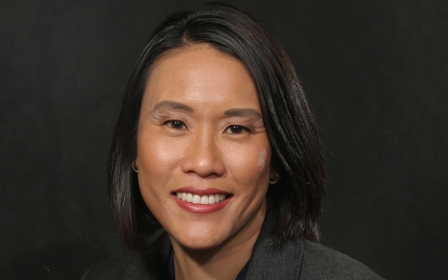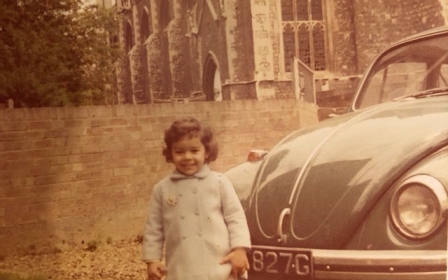From Harlem to Brixton: The extraordinary lives of Black Muslim women
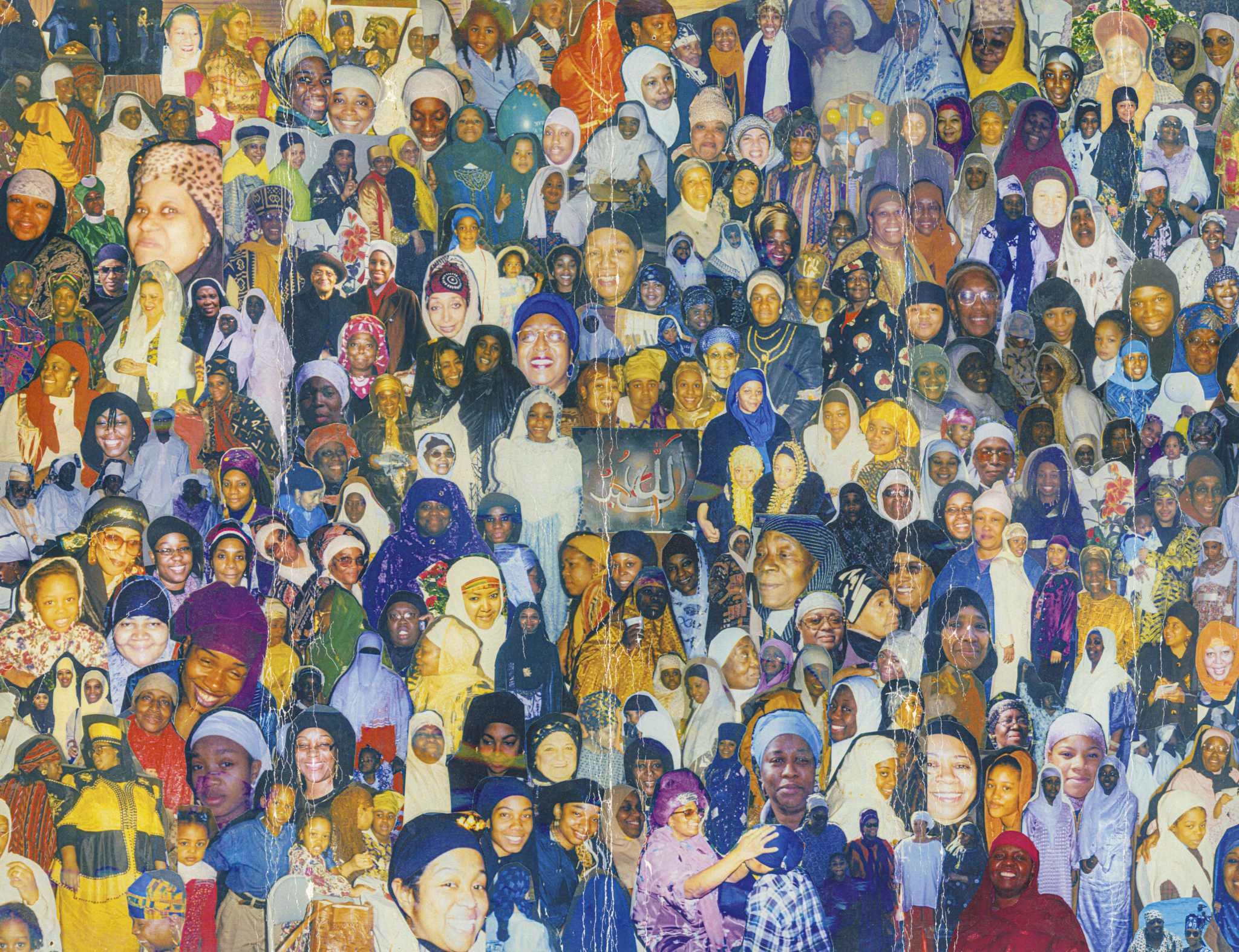
It’s the first anniversary of George Floyd’s death and the commemoration of African Liberation Day (25 May) when I speak to Dr Su’ad Abdul Khabeer. It is particularly poignant, because it also marks a pivotal moment for her late mother, Amina Amatul Haqq, a Harlem native.
Abdul Khabeer mentions a conversation she had with her mother, who spoke of her participation in a protest movement in 1973, following the killing of 10-year-old African-American boy, Clifford Glover. He was shot in the back by a plainclothes police officer, Thomas Shea, in Queens, New York, on 28 April that same year. Amatul Haqq joined the African People’s Committee and a month later, on 25 May, she protested against apartheid and colonialism with the committee in Washington DC, near the US State Department, and the South African and Portugese embassies.
“She was a part of the generation that grew up under Martin Luther King, and when all those social movements were happening. In fact, King passed away on her 18th birthday which was 4 April 1968,” Abdul Khabeer tells Middle East Eye (MEE).
This is one of the many extraordinary stories that make up the life of Amatul Haqq (born Audrey Weeks), parts of which have been compiled into an online digital archive, sentimentally titled Umi’s Archive, referencing the Arabic word umi, which means “mother”.
New MEE newsletter: Jerusalem Dispatch
Sign up to get the latest insights and analysis on Israel-Palestine, alongside Turkey Unpacked and other MEE newsletters
A living legend
Abdul Khabeer officially started working on a web-based collection of digital artefacts related to her mother’s life in Autumn 2019. The project addresses Blackness, womanhood, and sisterhood within the Islamic community in the United States.
Storytelling and archiving have long been integral to her work as a scholar-activist and artist, whereby she uncovers how Black people relate to imperialism and how culture forms a part of Black resistance and liberation. This may be best exemplified by her latest book, Muslim Cool: Race, Religion, and Hip Hop in the United States (NYU Press, 2016), which explores race, religion, and popular culture through the lens of the relationship between Islam and
She is also an editor of the online platform, Sapelo Square, which explores the experiences and trajectories of African-American Muslims. Abdul Khabeer says it felt natural for her to shine the spotlight on her own family history.
“Amina was my umi – my mother. My mother was an everyday person. She was a public-school teacher, community activist, and single parent who lived a remarkable life," Abdul Khabeer says.
"Likewise, her personal collection and family archive, which includes thousands of items dating from the late
Amatul Haqq died suddenly at the age of 67 in October 2017. Her funeral was attended by at least 500 people, Abdul Khabeer tells me.
She recalls a conversation she had with her the day she died: “I talked to her because initially, I was hoping that I could go out to the United Arab Emirates to speak to Black Muslim expats and I wanted her to come with me," she says.
"We were planning for that because she was retired. I had a friend helping me out to tell her about the plane ticket. My sister, who was staying with her, called me a couple of hours later and told me
But Abdul Khabeer had managed to celebrate her mother’s life while she was still alive. “Luckily in 2013, I threw a party for my mother and called it A Living Legend. Because if you were from New York or the Eastern Seaboard, you would know Amina Haqq," she says. "People called her ‘the haqq’."
Black love, Islam, and sisterhood
Archiving stems from the larger practice of genealogy which has grown in popularity in the Americas, and particularly the US, among peoples of African descent since the 1970s. But the process is often marred because of the disruption to family lineages that came with the practice of chattel slavery.
In addition to enslaved Africans being cut off from their families and communities in West and Central Africa, slave families were often split up and sold off to different plantations upon their arrival in the “New World”. A process that continued long after the transatlantic slave trade ended.
Storytelling, combined with Islam’s emphasis on maintaining family ties, compelled Abdul Khabeer and other Black Muslims to start compiling their family archives
The names and surnames of the enslaved were not registered in the US census until 1870 - five years after
And yet one Africanism that did remain was storytelling. This, combined with Islam’s emphasis on maintaining family ties, are both reasons that compelled Abdul Khabeer and other Black Muslims to start compiling their family archives.
“People like myself who are from Generation X - the generation born between 1965 and 1980 - are getting older, and we are having to take care of parents - or losing parents - so being in that space is pushing people to do this,” says Abdul Khabeer.
When visitors first log onto UmisArchive.com, they will be greeted with a series of video sequences, which start by showing Amatul Haqq as a child, dancing and singing with other family members, and as a teenager,
The intention is to show Amatul Haqq as a lively, down-to-earth human being, and for online visitors to understand the human behind the pictures, notes, videos, and other artefacts that are on display.
The first part of the archive is a timeline of her parent’s marriage, her birth, and the activities she participated in as an accomplished pianist and drama student. We also learn of the lectures she gave after converting to Islam, and her relationships before and after becoming a Muslim.
The archive highlights Amatul Haqq’s work in the Muslim community as a founding member and chairperson of the Northeast Muslim Women’s Alliance, and her da’wah (the act of calling and inviting people to Islam) for the Muslim Educational Action and Resource Committee, where she lectured on the role of women in the faith.
Her work as an educator and activist against New York City’s homelessness crisis is worthy of note, such that she was awarded a day of commemoration in the city of New York for “promoting women’s rights, social justice, and racial harmony”, on 16 September 2008.
The second part of the archive includes a series of exhibitions that focus on key themes that Abdul Khabeer picked up about her mother’s personal life, from sisterhood to Black love, empowerment, and heartbreak.
Another exhibition that is currently active is entitled Black Consciousness and Political Action, which explores the concept of Black consciousness (reflecting positive self-awareness and sense of empowerment) and the kinds of political actions Amatul Haqq’s took part in to exemplify this and her relationship with pan-Africanism.
Most of the items, which include a photo of Amatul Haqq throwing a Black power fist (she was a member of the Black Panthers) are from the late 60s and
Following her conversion to Islam, she continued to engage with the Black radical tradition and pan-African material as part of a prominent Black Muslim community.
Abdul Khabeer says: “For me, these speak to the enduring nature of her commitment, which is a hallmark of many in her generation. These items also ask us to consider what has changed for Black consciousness and political action over time."
She adds that she’s received some positive feedback from visitors to the archive who say they see their stories reflected back at them. “One of my primary audiences is other Black Muslims. What I’ve heard is people saying ‘I feel like you are doing it for my mother, my aunty and everybody’, which is true.
"The responses people have had are that this is necessary and they want to do something similar. My mother is an ordinary person that lived an extraordinary life, but she is not singular in that. So, what I want is for other people to say ‘I want to do the same thing.’”
Malcolm X and Black manhood
Certain moments of Amatul Haqq’s life are interwoven between the different parts of the exhibition. For instance, in the timeline, a video recording shows her explaining the impact the autobiography of Malcolm X had on her as an African-American Muslim growing up in New York.
In another part of the archive, a text message to a friend in 2015 depicts how she believed Malcolm X defined “Black manhood”.
The text reads: “After reading his autobiography at the tender age of 17 years (in 1967), I literally ‘fell in love’ with this icon of African-American manhood and spent many years of my idealistic youth looking for my ‘own Malcolm’. Never found him.”
Each piece is immaculately preserved, which Abdul Khabeer says must have been inspired by Amatul Haqq’s father who was also a keeper of her family’s history.
“He was born in 1916 and the earliest of the photos I found came from the 1930s and had names and dates for each one of them,” Abdul Khabeer tells me. “That indicates that he knew someone else was going to look at this. My mother may have gotten that impulse. She also knew the significance of what was missing, that there are certain things we need to hold on to.”
In a forthcoming exhibition entitled Servicemen, she intends to commemorate a collection of around 60 photos depicting her grandfather's time and service during what has been dubbed the “forgotten theatre” of World War Two, in India, China and Burma.
Abdul Khabeer also believes history is created and constructed every day, which is why there are artefacts in the exhibition that explore Amatul Haqq’s “everyday” stories. One of those is a receipt for an Arabic class her mother paid for in 1977.
“We throw away receipts all the time, but she kept it which meant it was important to her,” she tells MEE. “But this ordinary item also speaks to her own trajectory, because one of the last things she did was go to an Arabic class in 2017. And you know in the Nation of Islam there is this idea that Arabic was our original language.
“I think it’s about rectifying our archives, remembering the significance of everyday things and everyday people, and I think it’s important for Black people because so much of what we have done is not so well known. If we only look for the exceptional, we miss everything else.”
On rebirth and reversion
Another Black Muslim in the US who is uncovering the history of Pittsburgh, Pennsylvania, home to one of the oldest Black Muslim communities in the United States, is Ali R. Abdullah, the founder of the Islamic Historical Society of North America
“I was inspired because there is such an emphasis on the preservation of everyone else's history, and ours seems to be overlooked," Abdullah tells MEE.
"However, most often, there are so many untold stories in the African-American community, in general, and the Muslim-American community, in particular. Over time, I realised how important it was to document one's history, for those reviewing it now and those who may need to have access to this information in the future.”
The project hits especially close to home since his grandparents helped transform Pittsburgh into a bustling centre for Black Muslims in the 1930s, during the Great Migration. It was home to one of the first Black-founded mosques in the country, known as Al-Masjid Al-Awwal. His father Ali Abdullah was the first African-American mayor of the town of Braddock during the
Abdullah says his family’s story of migration for the purpose of escaping racism is not unique among the African-American community, and it mirrors the Islamic concept of rebirth and reversion to seek one’s natural origin and place in the world.
“My grandmother was born in 1898 in Fayetteville, North Carolina, and was given the name Fodie at birth. From my research and studies, this is a common name found in many Muslim communities in West Africa up until today.
'African-Americans have had to constantly try to be accepted, coped with being rejected, or carve out their own paths altogether, which in many cases was outside of the mainstream'
- Ali R. Abdullah, founder of the Islamic Historical Society of North America
“African-Americans have had to constantly try to be accepted, coped with being rejected, or carve out their own paths altogether, which in many cases was outside of the mainstream. This gave rise to African-Americans unshackling the slave names of the masters and changing them to African and Islamic-centred names, the reorientation to religions other than Christianity, and a new way of thinking and how they see themselves,” Abdullah says.
“We created and gave life to numerous inventions from manufacturing, religion, music, and language. We have always been given the ability by Allah to create something out of nothing and bring it into being superbly.”
There are similar initiatives in the United Kingdom that work to highlight the importance of family archives and histories, such as the Black Cultural Archives (BCA) in South London which has detailed the lives of people from African and African-Caribbean communities living in Britain, since its inception in 1981.
“I think family history took off in the Black [British] community after [the BBC TV programme] Who Do You Think You Are? started to air, followed by the BBC's Motherland: A Genetic Journey in 2003, and the availability of commercial DNA testing,” BCA learning and engagement manager Ayshah Johnston tells MEE.
“At BCA, our approach is more collective, for example looking at the significant moments and movements in Black British history. We collect oral histories of those who were involved and encourage people to seek out this information from elders in the community and share via oral history recording, live events, archive donations and, to a lesser extent, exhibitions.”
Johnston recognises that, while the Black British experience is sometimes distinct from the African-American one, there are challenges that archive institutions like BCA faces in documenting this history.
“There can be concerns over privacy and the legal consequences of the material being shared. This relates to parts of our collections on the uprisings of the
“There is also the issue of sensitivity to potentially traumatic histories; overcoming privacy concerns and encouraging people to share stories and agree to be recorded. The Windrush Scandal may hinder members of that generation’s willingness to come forward, as they may have concerns over how the information may be used.”
Middle East Eye delivers independent and unrivalled coverage and analysis of the Middle East, North Africa and beyond. To learn more about republishing this content and the associated fees, please fill out this form. More about MEE can be found here.




